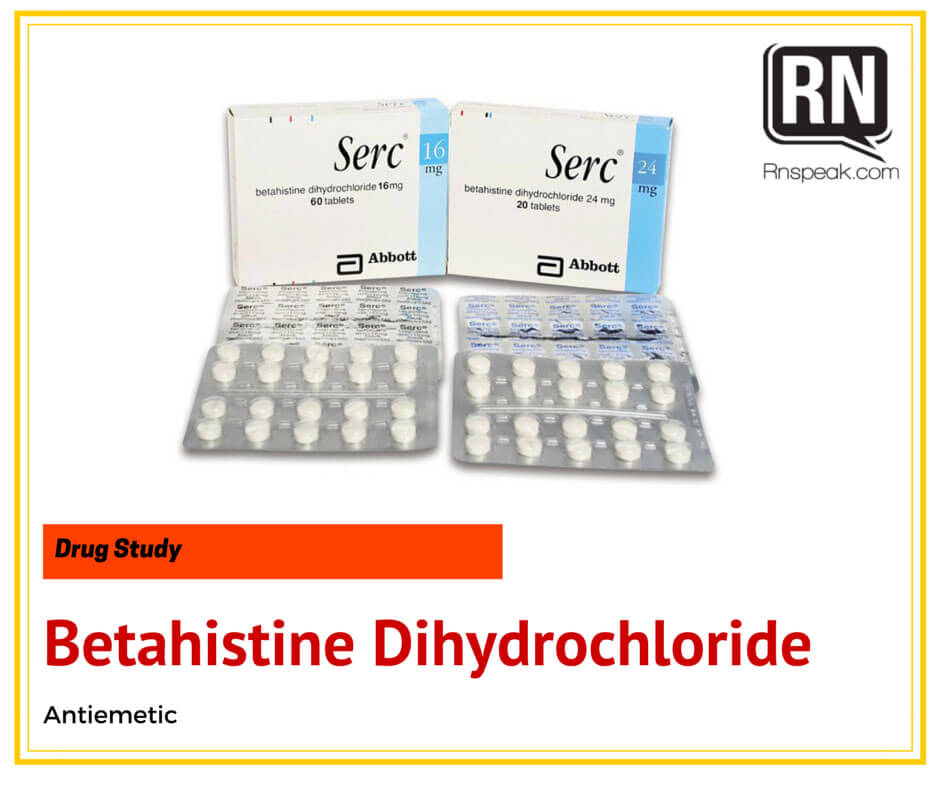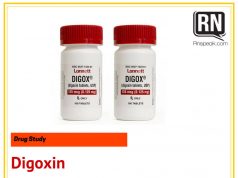
Brand Name: Serc
Generic Name: Betahistine Dihydrochloride
Classification: Antiemetic and Antivertigo
Availability: Tablet: 8mg, 16mg, 24mg
Action: It has a histamine-like action. It is readily absorbed from the gastrointestinal tract. It is converted to two metabolites and peak concentrations in blood of the two metabolites are achieved within 3 to 5 hours. Most of a dose is excreted in the urine, in the form of the metabolites, in about 3 days.
The mechanism of action of betahistine is not known. Pharmacological testing in animals has shown that the blood circulation in the striae vascularis of the inner ear improves, probably by means of a relaxation of the precapillary sphincters of the microcirculation of the inner ear.
In pharmacological studies, betahistine was found to have weak H1 receptor agonistic and considerable H3 antagonistic properties in the central nervous system and autonomic nervous system. Betahistine was also found to have a dose dependent inhibiting effect on spike generation of neurons in lateral and medial vestibular nuclei. The importance of this observation in the action against Meniere’s syndrome or vestibular vertigo, however, remains unclear.
Indication:
- Meniere’s Disease
- Vertigo
- Tinnitus
- Sensorineural deafness.
Contraindications: Previous hypersensitive reaction to the drug components.
Cautious Use: Pheochromocytoma, bronchial asthma, peptic ulcer, pregnancy and lactation.
Route & Dosage Adult: 8mg 1-2 tab; 16 mg ½-1 tab. To be taken TID. 24 mg 1 tab. To be taken BID.
Adverse effects:
- Urticaria
- Pruritus
- Mild gastric complaints
- False heartbeat
- Insomnia
Patient & Family Education
- This drug should be taken with food.
- Advise relatives to support patient’s ambulation.
- Protect medication from moisture.
- Do not give this medication to children.
- Swallow tablet whole with one full glass of water.
- Never take a double dose if you missed one medication. If you missed one, take medication immediately.
Source: http://home.intekom.com/pharm/schering/serc.html







